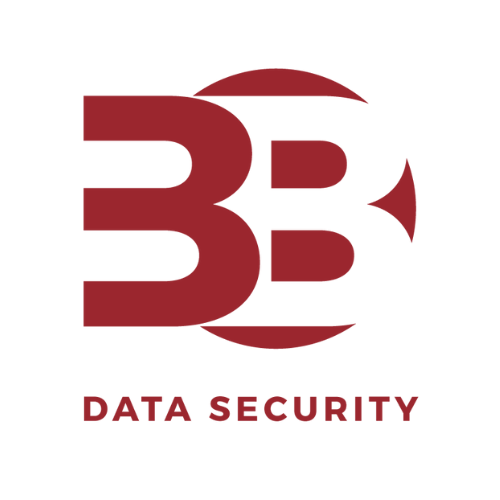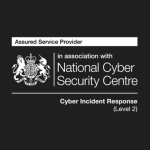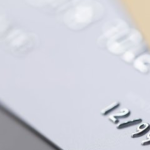QR codes are a quick and easy way for organisations to provide access to websites, payment options, and digital information with a mere scan. However, with this increased adoption, cybercriminals are finding innovative ways to exploit them, leading to a major increase in QR code phishing attacks.
The Rise in QR Code Phishing Attacks
In the past few years, there’s been a sharp rise in phishing attacks involving QR codes. The reason? QR codes are easy to produce and often bypass our built-in scepticism that we might apply to unfamiliar URLs or email senders.
Many organisations and businesses now include QR codes in their marketing and communications, making the QR code even more prevalent in daily transactions, from restaurant menus to event check-ins. It’s this trust in QR codes that attackers are banking on.
How a QR Code Phishing Attack Works
The mechanism is deceptively simple:
Creation – Cybercriminals generate malicious QR codes that link to phishing websites. These websites often imitate legitimate ones but are designed to steal personal or financial information.
Distribution – These malicious QR codes are then spread via various methods. They could be sent through email, featured on public advertisements, or even strategically placed in legitimate settings like restaurants or events.
Deception – Upon scanning the QR code, victims are taken to the deceptive website. They might be prompted to enter login credentials, payment details, or other sensitive information.
Data Harvesting – Once entered, this information goes straight to the cybercriminals, who can then use or sell it.
Why Is There a Rise in QR Code Phishing Attacks?
As businesses and services migrated online, many users were introduced to tools and technologies they weren’t familiar with. They may know how to use a QR code, but not necessarily understand the potential security risks associated with them. This gap in understanding is a lucrative opportunity for phishers. They prey on the unfamiliarity of users with these new digital landscapes.
As more people got used to the convenience of QR codes, their guard lowered. What was once a novelty became commonplace, and this trust in QR codes is something cybercriminals have capitalised on.
Traditional phishing attempts often rely on users clicking malicious links. These can sometimes be spotted by vigilant individuals. But this isn’t the case when it comes to QR codes. A QR code gives nothing away about its destination, meaning malicious intent can be easily concealed. A user can’t determine if the code leads to a legitimate website or a phishing trap without scanning it.
Creating a QR code is straightforward, and so is distributing it. Bad actors can easily generate malicious QR codes and place them in public places, send them via mail, email or share them online.
How to Prevent a QR Code Phishing Attack
Be Sceptical – Treat QR codes with the same suspicion you’d apply to unfamiliar links or email senders. If you’re not expecting a QR code, think twice before scanning.
Check Surroundings – Before scanning a QR code in public, ensure it looks like it belongs there and hasn’t been tampered with or stuck over a legitimate code.
Use Secure QR Code Scanners – Some scanning apps offer a preview of the URL before opening it in a browser. This can help you decide if the link seems legitimate.
Educate and Inform – If you’re a business, ensure your employees are aware of QR code threats. If you’re an individual, spread the knowledge among friends and family.
Check the URL – If you’re directed to a website after scanning, inspect the URL carefully. Look out for typos or other discrepancies that might suggest it’s a phishing site.
Implement Two-Factor Authentication (2FA) – Even if attackers get your credentials, 2FA can provide an additional layer of security. By implementing 2FA, even if a malicious actor obtained your password through QR code phishing, they would still need the second verification method to access your account.
Check With the Provider – If you’re unsure whether the QR code is legitimate, check with the provider/advertiser. Ensure that you contact them via their official contact details, and not those listed with the QR code.
What to Do if You Fall Victim to a QR Code Phishing Attack
If you fall victim to one of these phishing attacks, don’t panic. At 3B Data Security, we have a 24x7x365 Incident Response service to swiftly address and mitigate any potential harm. Our team of expert consultants are always on hand to guide you through the necessary steps, ensuring your data remains protected and helping to prevent future threats.







